RFI Executive Vice President Eric Patterson authored an article published today in Providence titled, “G.K. Chesterton on the Necessity of Public Monuments and Memorials” in honor of America’s upcoming Memorial Day observance.
Patterson writes:
In 1868, General John A. Logan of the Grand Army of the Republic, an organization composed of Union Army veterans, set May 30 aside as a day “for the purpose of strewing with flowers or otherwise decorating the graves of comrades who died in defense of their country” and “cherishing tenderly the memory of our heroic dead who made their breasts a barricade between our country and its foes.”
That proclamation marks the first official national observance of what was at that time called “Decoration Day.” This ceremony took place at Arlington National Cemetery, the burial site of more than 20,000 Union and Confederate soldiers. After World War I, the holiday encompassed the dead from all American wars, and the Uniform Monday Holiday Act of 1971 set the last Monday in May as the annual date for “Memorial Day.”
Memorial Day began as a solemn holiday encouraging grateful mourning, but today, over a century and a half after its creation, it has evolved into a casual day kicking off summer. Veteran groups cite a growing military-civilian disconnect, and the movement of the day to a Monday (which created a three-day weekend associated with recreational activities) as a reason for the cultural drift away from its intended purpose. Few Americans nowadays, particularly those under retirement age, visit monuments or participate in Memorial Day ceremonies.
In this atmosphere of apathetic patriotism, G.K. Chesterton’s “Defense of Publicity,” an essay on public monuments, might draw focus back to the purpose of Memorial Day.
In 1901 Chesterton, the great journalist and witty social commentator, took on the snide criticism of his contemporaries who had begun to mock the spectacle of public monuments. Writing from the safety of London, the heart of their critique was that the “pomp” associated with veterans’ and military monuments was ridiculously exaggerated. However, Chesterton countered that this pomp was exactly right: “The mission of a great spire or statue should be to strike the spirit with a sudden sense of pride as with a thunderbolt. It should lift us with it into the empty and ennobling air.” Chesterton thought that monuments should reflect the greatness of patriotic sacrifice as well as the sculptor’s passion for the greatness of what they recreate.
Read the full article: G.K. Chesterton on the Necessity of Public Monuments and Memorials.
THE RFI BLOG

Does Southeast Asia Lead the World in Human Flourishing?
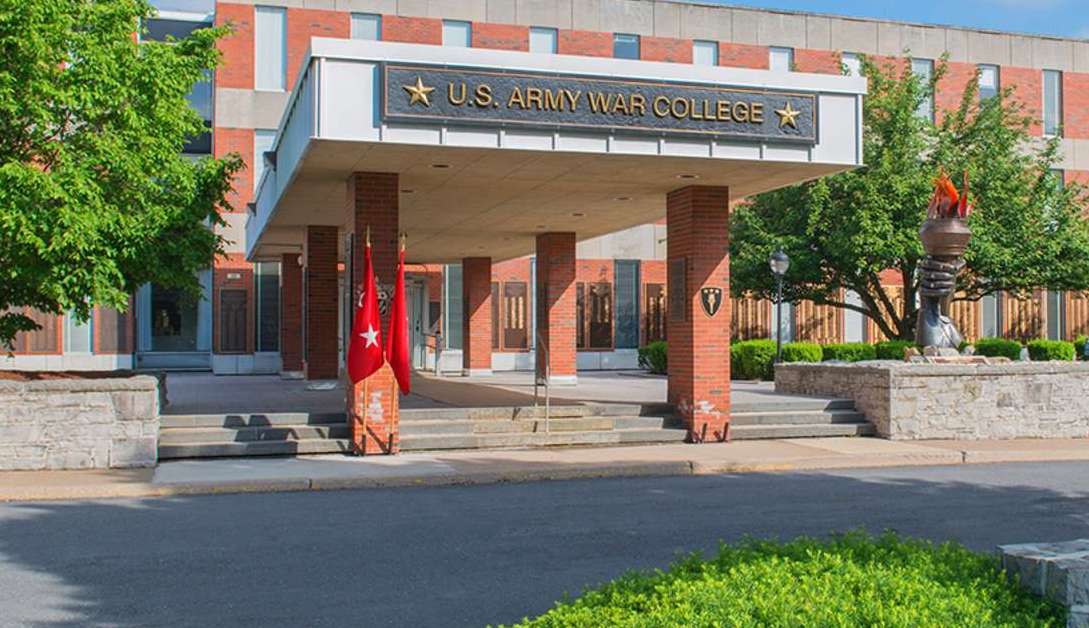
RFI Leads Training Session on Religious Freedom Law and Policy for U.S. Army War College
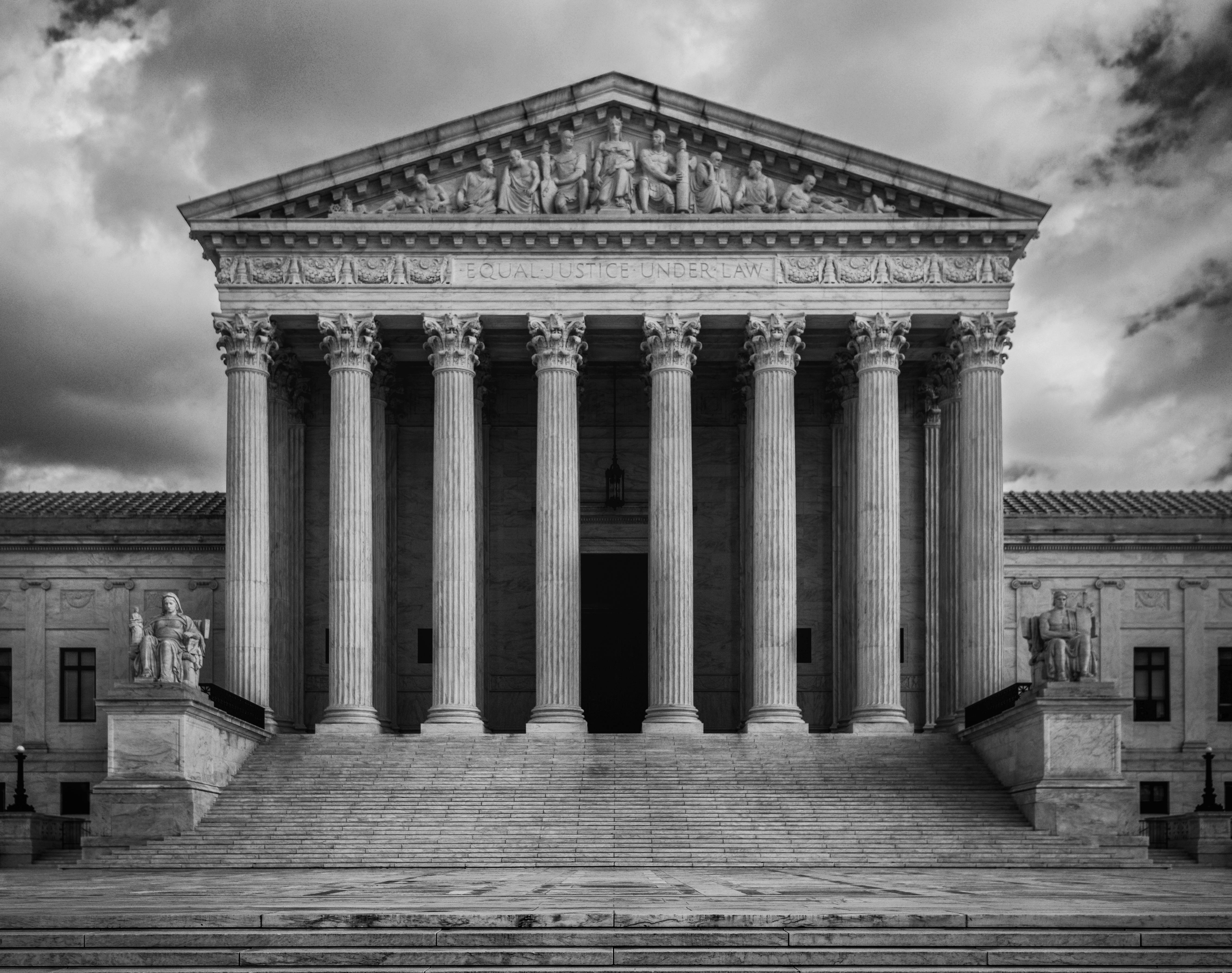
Oral Argument in Charter School Case Highlights Unconstitutional Motives Behind OK Attorney General’s Establishment Clause Claim
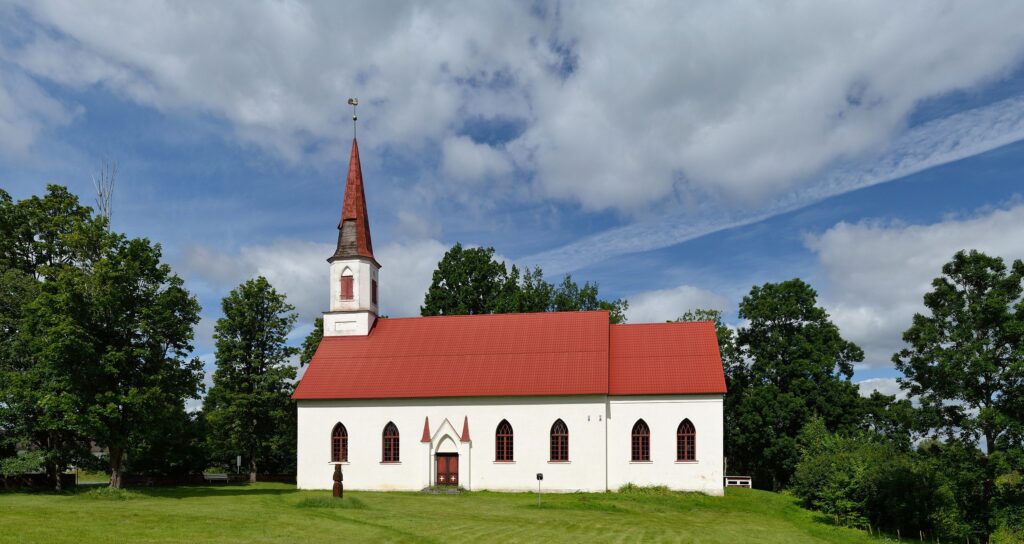
Largest Longitudinal Study of Human Flourishing Ever Shows Religion’s Importance

Keys To Human Flourishing: Faith And Relationships Outweigh Wealth
CORNERSTONE FORUM
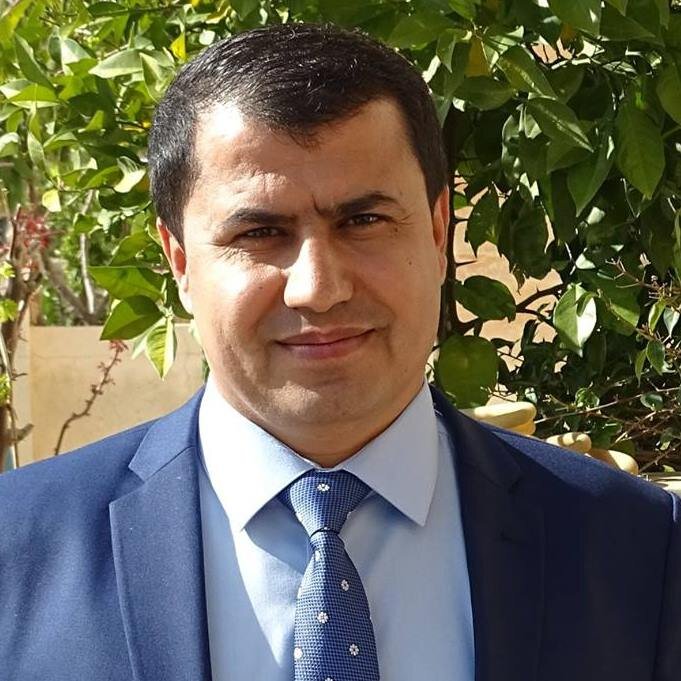
Reaffirming Religious Freedom: Bridging U.S. Advocacy and Iraq’s Constitutional Framework
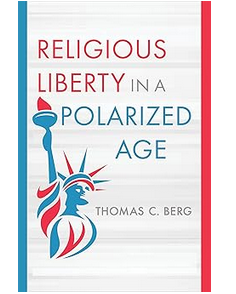
Political Polarization, Same-Sex Marriage and Religious Liberty

Bridging the Gap Between International Efforts and Local Realities: Advancing Religious Freedom in the MENA Region

Challenges to Religious Freedom in Iraq and the Critical Need for Action

